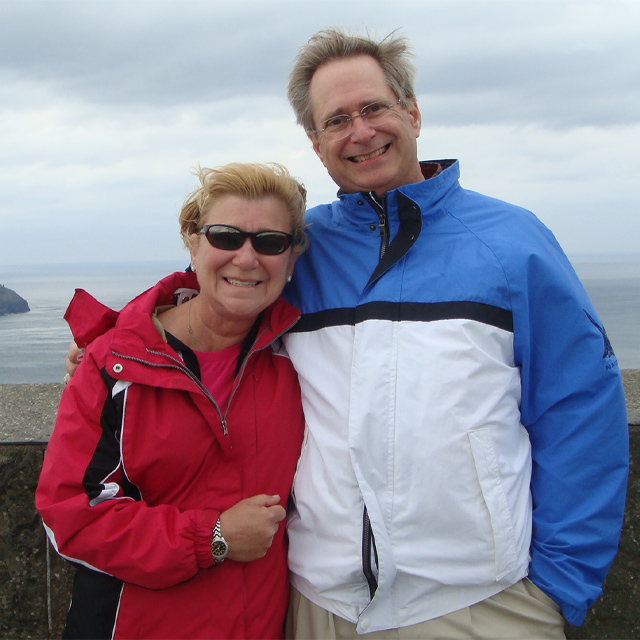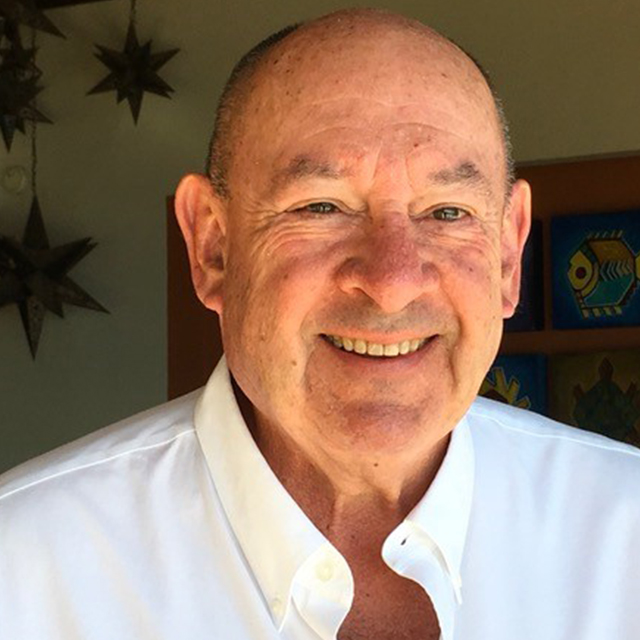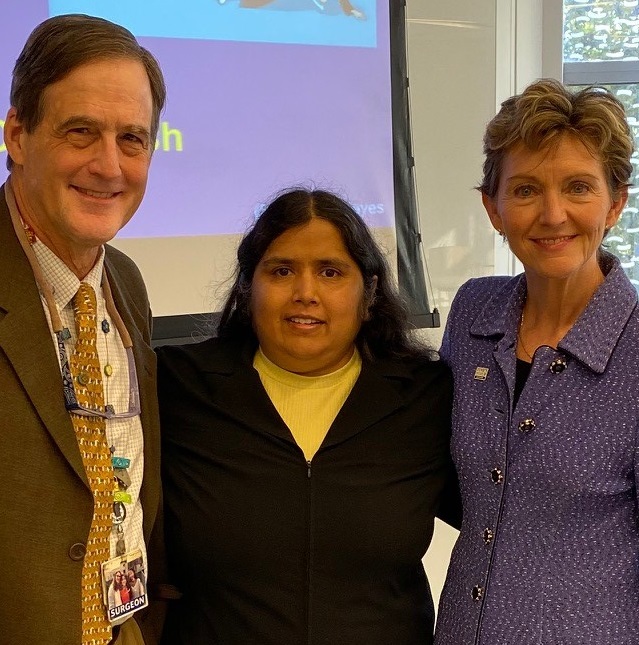As philanthropists who support medical research know, completing a study or clinical trial requires an entire team to do work behind the scenes. Patient enrollment, interviews and follow-ups; data collection and analysis; and writing and reviewing of manuscripts all take time and resources, and the number of studies a team can conduct is largely determined by funding.
Thanks to a grateful patient, Johns Hopkins shoulder surgeon Uma Srikumaran will be able to hire a full-time research coordinator, which will allow his team to run multiple clinical trials and expand research efforts.
“There’s a lot of detail-oriented work that goes into these clinical trials, and a lot of interactions with patients,” says Srikumaran, vice chair of quality and safety for the Johns Hopkins University School of Medicine Department of Orthopaedic Surgery. “Having additional financial support allows us to build that team so we can increase the number of trials and ensure that we’re conducting them as effectively and safely as possible.”
John Congdon, a patient of Srikumaran, and his wife made a generous commitment to fund the research coordinator position and bolster the team’s research for several years. Congdon had two shoulder surgeries — a joint replacement on one side and a tendon repair on the other, both performed by Srikumaran.
“We gave because Dr. Srikumaran got me back to doing what I love most: sailing!” Congdon says. “He is leading research and innovation that will continue to help future patients have even better outcomes. On top of that, he’s training the next generation of students and surgeons that will continue to lead these efforts.”

John Congdon with his wife, Leslie
Clinical trials allow doctors to study the newest cutting-edge treatments and technologies and offer them to patients after other treatments have been unsuccessful. Srikumaran’s involvement in national research trials has included testing a subacromial balloon spacer for irreparable rotator cuff tears, and evaluating materials used in arthroplasty and joint replacements.
Among the current trials, the team is studying a new method to heal rotator cuff tears — a combination of a biopharmaceutical drug and platelet-rich plasma (blood that can enhance the body’s healing response) is injected in the rotator cuff area.
“We’re able to hold trials that give patients access to technology they wouldn’t have outside of that clinical trial,” Srikumaran says. “Additionally, being able to expand the research team also provides more opportunities for medical students, fellows and postdoctoral researchers to gain experience in clinical research and advance their training.”
To become a partner and make a tax-deductible gift, or to learn about the benefits of an estate intention or a charitable gift annuity that provides disbursements to you, please send an email to Donna Clare at [email protected] or call 410-955-6936.


